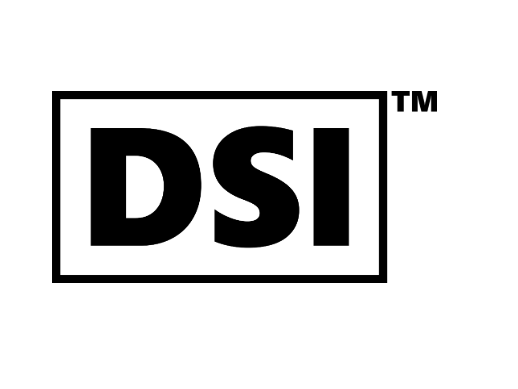To purchase DSI Standards ($275) or Standard drafts ($175), please email dentalstandards@gmail.com
ANSI/DSI EEDRA1.1 (2024): Equitable Electronic Dental Record Access Through Transferable Holistic Oral Records (THOR) For Dental Patients
ANSI/DSI EEDRA1.1 seeks to describe workflows that allow for dental patient access, storage transference and permissioning of their electronic Personal Health Information (ePHI) stored in the Electronic Dental Record (EDR) that belongs to them.
ANSI Approval Date: 11/18/2024
ANSI/DSI DCNST1.1 (2021): Verification and Displaying of Dental Patient Chart Notes (DCN)
ANSI/DSI DCNST1.1 seeks to describe the digital visualization to be included in an Electronic Dental Record (EDR) when a dentist, or dental care professional writes the Dental Chart Note (DCN) for purposes of documentation of the care of a dental patient. This visualization will alert dental professionals when a DCN is missing or incomplete.
ANSI/DSI MST1.1 (2020) : Definitions Of Terms In Dental Metrics
ANSI/DSI MST1.1 lists the definition of terms within the dental industry regarding dental metrics, allowing for accurate dental practice support and consistency in communication and alignment in business systems.
These definitions increase dental care quality and ease dentists’ ability to evaluate how they can best be of service to the general public.
ANSI/DSI GSST1.1 (2020) : Graphic Symbols – Pictograms For Information Regarding the Healthcare Patient
ANSI/DSI GSST1.1 defines graphic symbolization and pictogram representation of crucial information regarding the healthcare patient. The goal of this Standard is to address the need for easily identifiable, universal communication of information within the electronic health record (EHR), including electronic dental records (EDR), for the purpose of reducing miscommunications within healthcare. This Standard also defines the visualization of crucial graphic symbols within the EHR.
ANSI/DSI VRST1.1 (2020) : Usage of Therapeutic Virtual Reality for Anxiety Reduction In Healthcare
ANSI/DSI VRST1.1 address the opportunity that Therapeutic Virtual Reality (TVR) presents, as it has been proven to be effective in treating many cases of anxiety in healthcare. This Standard addresses many concerns that can occur if TVR is applied incorrectly, including TVR’s potential to lead to patients getting exposed to nausea-inducing content. Another concern that this Standard directly addresses is the fact that seemingly innocuous content, when displayed in Virtual Reality can also be shocking to which also can have a negative effect on the quality of care. Additionally, infection control protocols for TVR are described.
